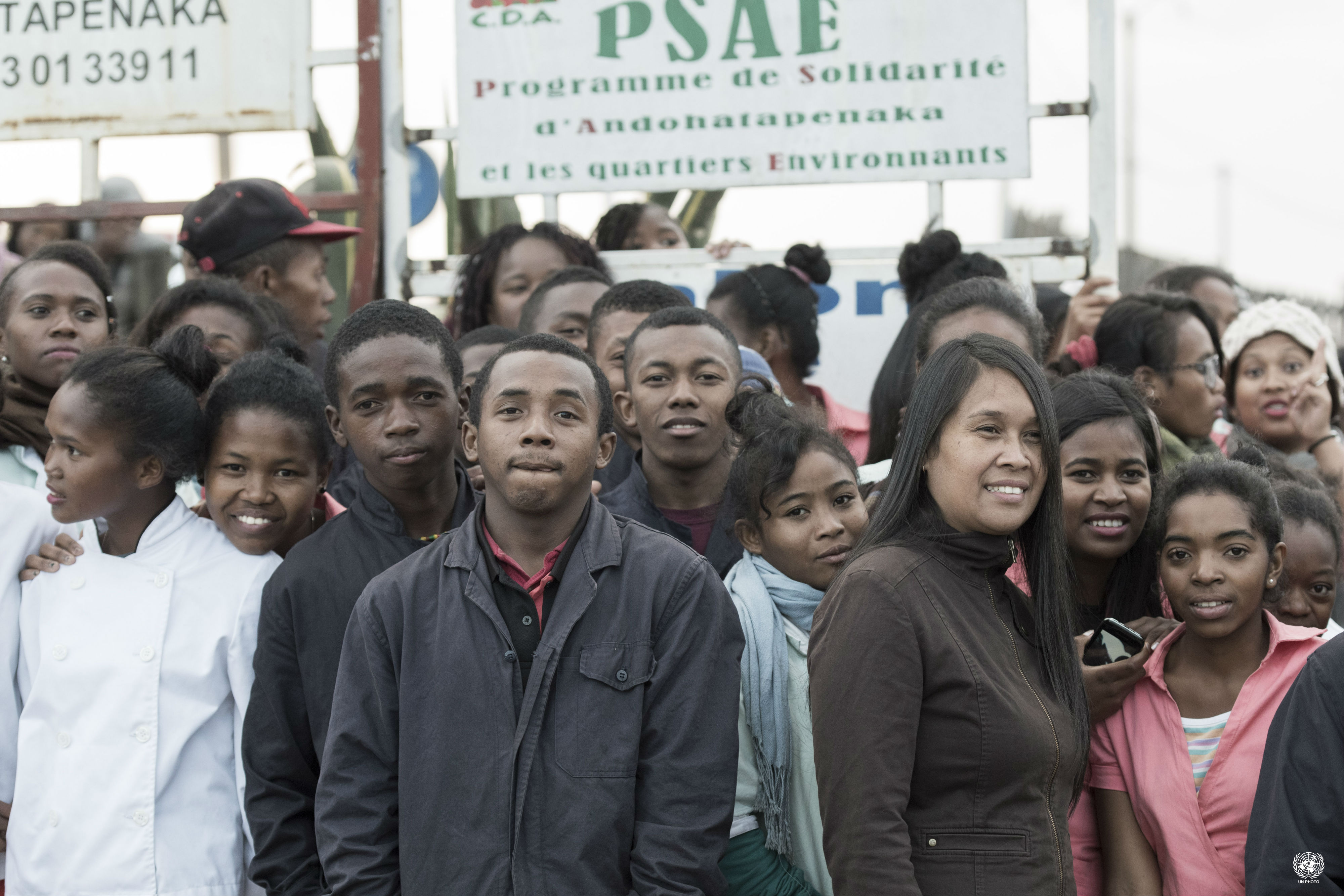
A recent assessment by the United Nations shows a world’s population numbered 7.6 billion in 2017 and is projected to grow to around 8.6 billion in 2030, especially in Africa and Asia.
The world’s population is likely to continue at a slower pace after 2050 when is expected to number around 9.8 billion and stabilize at a level of roughly 11 billion people by the end of the century.
In the short run, however, it is expected that the world will continue to see rapid changes in population size and population distribution by age, with important consequences for sustainable development.
Since the adoption of the Programme of Action of the International Conference on Population and Development in 1994, most countries have experienced rapid demographic changes. Nowadays, there is a great diversity of demographic situations across countries and geographic regions, presenting various opportunities and challenges with regard to sustainable development. Early progress has been made towards the achievement of the Sustainable Development Goals since their adoption in 2015. Nevertheless, population is still growing rapidly in most of the countries facing the greatest challenges with regards to ending poverty and hunger and ensuring health, education and equality for all.
In this context, sustained and reinforced efforts will be needed to ensure that all countries meet the internationally agreed Goals and targets by 2030. The World Demographic Trends Report provides an overview of demographic trends for the world, its geographic regions and selected countries, and for various development and income groups. It focuses on major demographic changes during recent during the time frame for decades, as well as projected changes implementing the 2030 Agenda for Sustainable Development and beyond. Some of the topics covered by the report include population size and change, mortality, changing population age structures, etc.
More information, download the full report.
Source: IFFD
 Welcome to the United Nations
Welcome to the United Nations